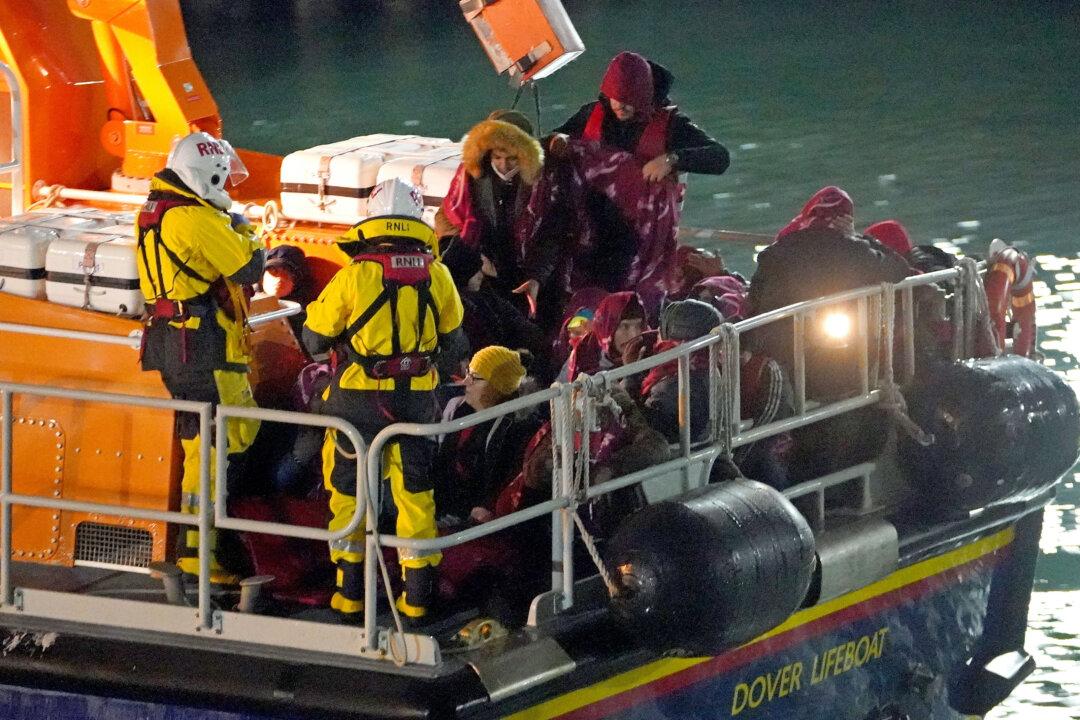The government has ordered an inquiry on Thursday into the drowning of at least 27 migrants in the English Channel when they attempted to head to the UK in November 2021.
It comes after the Marine Accident Investigation Branch (MAIB) published an investigation report on the deadliest migrant incident in the Channel, saying the UK’s search and rescue mission was hampered “due to poor visibility and by the lack of a dedicated aircraft conducting aerial surveillance of the Dover Strait.”





